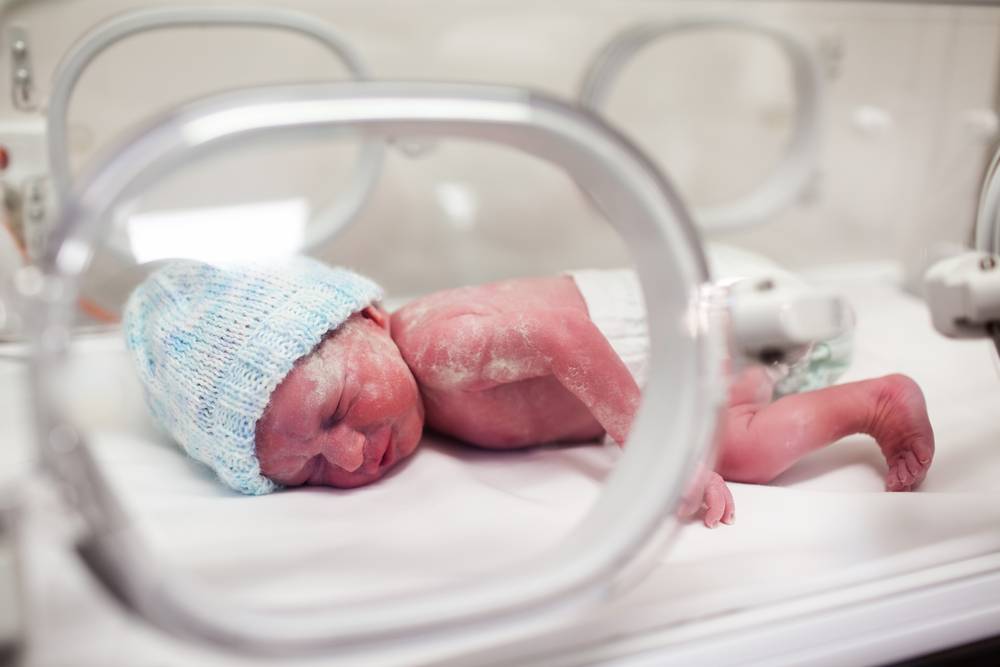Premature labor, also known as preterm labor, occurs when uterine contractions begin to open the cervix after 20 weeks and before 37 completed weeks of pregnancy. This condition can result in preterm birth, leading to potential health risks for the newborn, especially if the organs are not fully developed.

Recognizing the Signs and Symptoms of Premature Labor
Early identification of symptoms is critical for timely medical intervention. Common signs of premature labor include:
- Regular contractions every 10 minutes or more frequently
- Menstrual-like cramps in the lower abdomen
- Low backache, constant or intermittent
- Pelvic pressure or a feeling that the baby is pushing down
- Change in vaginal discharge, especially watery, mucus-like, or bloody
- Rupture of membranes (water breaking)
Causes and Risk Factors of Preterm Labor
Premature labor can be spontaneous or medically indicated. Understanding risk factors helps identify pregnancies that require closer monitoring.
Maternal Risk Factors
- History of preterm birth
- Multiple gestation (twins, triplets, etc.)
- Uterine or cervical abnormalities
- Infections (especially urinary tract or amniotic)
- Chronic diseases such as diabetes or hypertension
- Smoking, substance abuse, or poor prenatal care
- High stress levels and domestic violence
Fetal and Placental Conditions
- Polyhydramnios (excess amniotic fluid)
- Fetal growth restriction
- Placenta previa or placental abruption
Diagnostic Methods for Premature Labor
Prompt and accurate diagnosis is crucial in managing preterm labor effectively.
Clinical Evaluation Includes:
- Physical exam: Checking cervical dilation and effacement
- Tocodynamometry: Monitoring frequency and intensity of contractions
- Transvaginal ultrasound: Measuring cervical length
- Fetal fibronectin test (fFN): Detecting a protein that may indicate risk of early delivery
- Urinalysis and swab tests: Identifying infections that could trigger contractions
Complications of Preterm Labor and Birth
If premature labor results in delivery, the baby may face several challenges, particularly if born before 34 weeks.
Neonatal Complications Include:
- Respiratory distress syndrome (RDS)
- Intraventricular hemorrhage
- Necrotizing enterocolitis (NEC)
- Patent ductus arteriosus (PDA)
- Temperature regulation issues
- Long-term developmental delays and learning difficulties
Medical Management and Treatment of Premature Labor
Once diagnosed, treatment focuses on prolonging pregnancy while ensuring the safety of both mother and baby.
Key Interventions
- Tocolytic medications (e.g., nifedipine, terbutaline) to delay labor temporarily
- Corticosteroids to accelerate lung development (betamethasone or dexamethasone)
- Magnesium sulfate to reduce the risk of cerebral palsy if birth is expected before 32 weeks
- Antibiotics to treat or prevent infection, especially in cases of ruptured membranes
Preventing Premature Labor: Evidence-Based Strategies
While not all cases can be prevented, risk can be reduced with proper care.
Preventive Measures Include:
- Regular prenatal care to monitor maternal and fetal health
- Avoiding tobacco, alcohol, and drugs
- Treating infections promptly
- Managing chronic conditions effectively
- Cervical cerclage for women with cervical insufficiency
- Progesterone supplementation in women with a history of spontaneous preterm birth
Lifestyle Considerations During Pregnancy
Certain lifestyle adjustments can help support a full-term pregnancy:
- Maintain a balanced diet rich in iron, calcium, and folate
- Stay hydrated and avoid overexertion
- Engage in moderate physical activity (unless contraindicated)
- Reduce stress through support systems and relaxation techniques
- Avoid long periods of standing or heavy lifting
When to Seek Immediate Medical Attention
Expectant mothers should contact their healthcare provider if any of the following occur:
- Persistent contractions or cramping
- Vaginal bleeding or watery discharge
- Sudden decrease in fetal movements
- Severe back pain or pelvic pressure
Long-Term Outlook After Premature Labor
Not all preterm labor leads to preterm birth. With proper medical care, many pregnancies can be prolonged until a safer gestational age. For infants born preterm, advancements in neonatal care have significantly improved survival and long-term health outcomes.
Frequently Asked Questions
What week is considered premature labor?
Premature labor is defined as labor occurring between 20 and 37 weeks of pregnancy.
Can preterm labor stop on its own?
Yes, contractions may stop without progressing to active labor. Medical evaluation is necessary to assess risk.
Is it possible to carry a baby to full term after preterm labor?
Yes, many women experience early contractions without early delivery, especially with medical intervention.
Can stress cause premature labor?
High levels of chronic stress may contribute to hormonal changes that trigger labor prematurely.
Premature labor is a significant pregnancy complication with potentially serious outcomes. Early detection, proper diagnosis, and targeted interventions are essential to prolong gestation and improve neonatal outcomes. Through comprehensive prenatal care and proactive management, many cases of preterm labor can be addressed effectively, supporting the goal of a healthy, full-term birth.

